Find more information in the General Comments section of the assessment
Find more information in the Rating Validity tab of the assessment
- See More
- See More
- See More
- See More
- Good
- Adequate
- Marginal
- Weak
- Poor
 Passenger
Passenger
 Driver
Driver
 Front Seat
Front Seat
 Car
Car
 Pole
Pole
- Good
- Adequate
- Marginal
- Weak
- Poor


Passenger
outboard
center
Fitted to the vehicle as standard
Not fitted to the test vehicle but available as option
Not Available
Based on dummy readings from the impact tests, the Freemont scored maximum points for protection of both the 18 month and 3 year old. In the frontal test, forward movement of the 3 year dummy, sat in a forward facing restraint, was not excessive. In the side barrier test, both child dummies were properly contained within the shells of their restraints, minimising the likelihood of dangerous head contacts. The front passenger airbag cannot be disabled, so a rearward facing child restraint cannot be used in that seating position. The dangers of using a rearward facing seat in that position are not labelled in all the required languages.
- Good
- Adequate
- Marginal
- Weak
- Poor

Head Impact 12.0 Pts
Pelvis Impact 0.0 Pts
Leg Impact 6.0 Pts
The Freemont has an 'active' bonnet. Sensors detect when a pedestrian has been struck and actuators lift the bonnet to provide greater clearance to hard structures underneath. FIAT showed that the system detected pedestrians of different statures and operated over a range speeds, so the Freemont was tested with the system deployed. In those areas likely to be struck by the head of a child, the car provided protection which was predominantly poor or marginal. For the head of an adult, protection was good in some areas but poor in others. The bumper scored maximum points for the protection it offered pedestrians' legs. However, the front edge of the bonnet gave poor protection and scored no points.
- Good
- Adequate
- Marginal
- Weak
- Poor
| Performance | ||
| Vehicle Yaw Rate @ COS + 1.00 s | 9.951% | meets ECE requirements |
| Vehicle Yaw Rate @ COS + 1.75 s | 1.522% | meets ECE requirements |
| Lateral Displacement @ BOS + 1.07 s | 2.91 m | meets ECE requirements |
| Applies To | Front seats | ||
| Warning | Driver Seat | Front Passenger(s) | Rear Passenger(s) |
| Visual | |||
| Audible | |||
|
|||
Electronic stability control is standard and met Euro NCAP's test requirements. A seatbelt reminder is standard for the driver and front passenger seats. A speed limitation device is not available on the Freemont.
- Specifications
- Safety Equipment
- Videos
- Rating Validity
Specifications
Tested Model Fiat Freemont 2.0 diesel 'Urban', LHD
Body Type - 5 door MPV
Year Of Publication 2011
Kerb Weight 1907kg
VIN From Which Rating Applies - applies to all Freemonts of the specification tested
Class Large MPV
Safety Equipment
Note: Other equipment may be available on the vehicle but was not considered in the test year.
Fitted to the vehicle as standard
Fitted to the vehicle as option
Not fitted to the test vehicle but available as option
Not Available
Not Applicable
Videos
Rating Validity


Find more information in the General Comments section of the assessment
 Share
Share
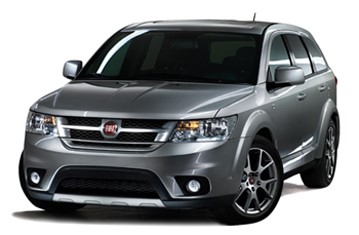
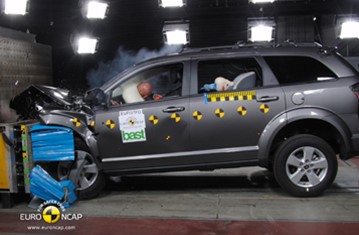
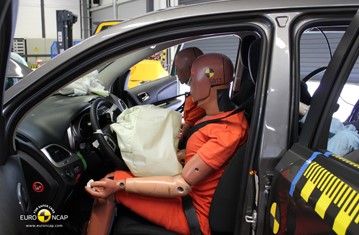
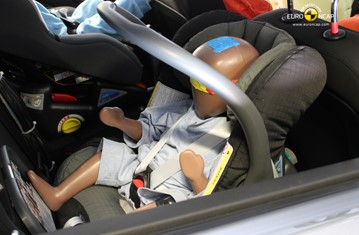

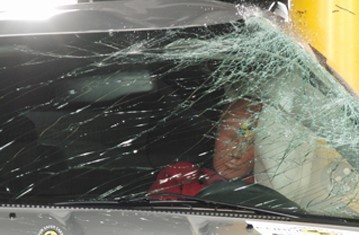
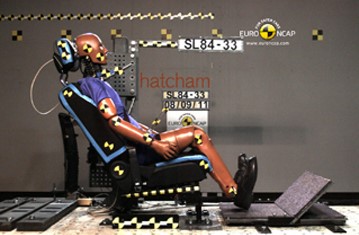





The passenger cell of the Freemont remained stable in the frontal impact. Although dummy readings indicated good protection of the knees and femurs of the driver and passenger, the steering column presented a hazard for occupants of different sizes and those sat in different positions, and protection for this body area was rated as marginal. Maximum points were scored for protection of the front passenger, with good protection of all body areas. In Freemont scored maximum points in the side barrier test. In the more severe side pole impact, dummy readings of rib compression indicated weak protection of the chest. The Freemont has an 'active' head restraint, which moves forward in the event of a rear-end collision to provide greater support for the neck. In Euro NCAP's tests, the system worked well and protection against whiplash injuries in a rear-end collision was rated as good.